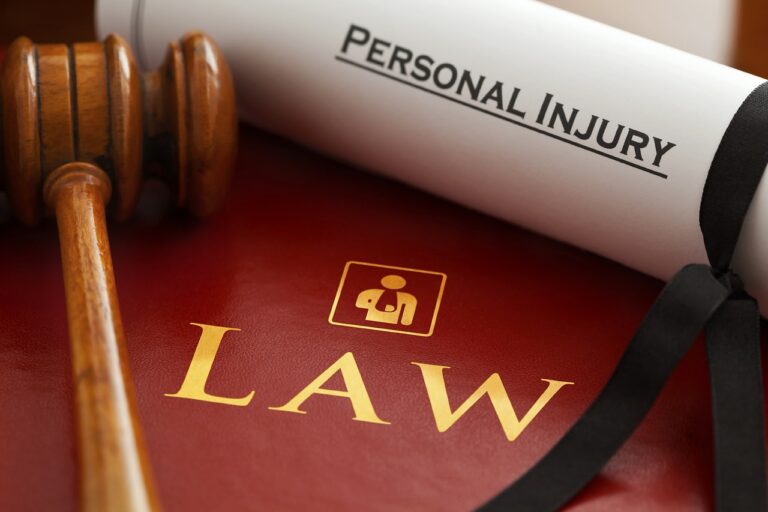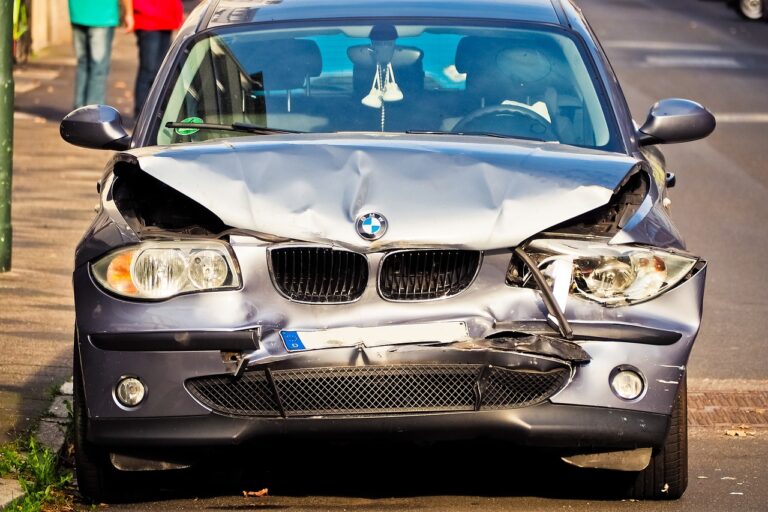How to Prove Negligence in an Amazon Delivery Truck Accident
Amazon’s delivery network is vast and ever-expanding, which means Amazon-branded delivery trucks are a common sight on our streets. Accidents involving these trucks can happen, and when they do, proving negligence is a critical aspect of pursuing compensation for any damages. Here’s how you might go about proving negligence in the event of an accident with an Amazon delivery truck.
Understanding Negligence
Before diving into the specifics, it’s important to understand what legal negligence involves. Negligence in the context of vehicle accidents means that a party failed to act with a level of care that a reasonably prudent person would under similar circumstances, and this failure caused harm or damage.
Identify the Responsible Parties
Amazon delivery trucks may be operated by independent contractors or Amazon employees. Identifying whether the driver is directly employed by Amazon or works for a delivery service partner (DSP) can affect who is held liable.
Gather Evidence
The New Mexico Amazon truck accident lawyers at the Fine Law Firm recommend photographing the accident scene, the vehicles involved, any injuries, and environmental conditions. Collect names and contact information of witnesses, as well as the delivery truck driver’s information and details about their employer.
Document the Accident
Ensure a police report is filed as it can be a valuable resource in determining fault.
Additionally, you’ll need to seek medical attention immediately to document your injuries. Medical records will be essential to proving the extent of the injuries caused by the accident.
Prove Duty of Care
To prove the duty of care in an Amazon delivery truck accident, it’s crucial to show that the driver had a responsibility to operate the vehicle safely and avoid causing harm to others. This involves following traffic rules, being cautious in different road conditions, and prioritizing the safety of pedestrians and other drivers. Establishing this responsibility is key to assessing any breach in the event of an accident.
Show Breach of Duty
Prove the delivery truck driver violated their duty of care through actions. This can include evidence of speeding, engaging in distracted driving, or not adhering to traffic signals. By highlighting these specific actions, it becomes possible to establish that the driver failed to meet the expected standard of care, contributing to the occurrence of the accident.
Link the Breach to the Accident
Provide evidence that the driver’s breach of duty directly caused the accident and your resulting injuries. This involves presenting compelling evidence that clearly demonstrates how the driver’s violation of their duty directly led to the occurrence of the accident and, subsequently, resulted in the injuries sustained. By offering concrete proof of this cause-and-effect relationship, it strengthens the argument that the driver’s actions played a crucial role in causing both the accident and the consequent harm.
Demonstrate Damages
Show that the accident resulted in quantifiable damages, such as medical bills, lost earnings, pain and suffering, and property damage. This requires presenting evidence that directly connects the driver’s violation of their duty of care to the occurrence of the accident and the resulting injuries. By demonstrating a clear cause-and-effect relationship, it strengthens the argument that the driver’s actions were a pivotal factor in the accident and the harm suffered as a consequence.
Consider the Role of Amazon
Amazon may have indirect liability, particularly if it can be proven they exert a degree of control over the delivery process, maintenance of vehicles, or driver scheduling that contributes to fatigue.
Accidents involving Amazon delivery trucks can be complicated. Proving negligence requires a thorough understanding of the legal system, the ability to gather and analyze evidence, and often, a battle against well-equipped corporate legal teams. With the right approach and expert legal assistance, however, it is possible to hold the appropriate parties accountable for their negligence and receive due compensation for the harm caused by these accidents.





